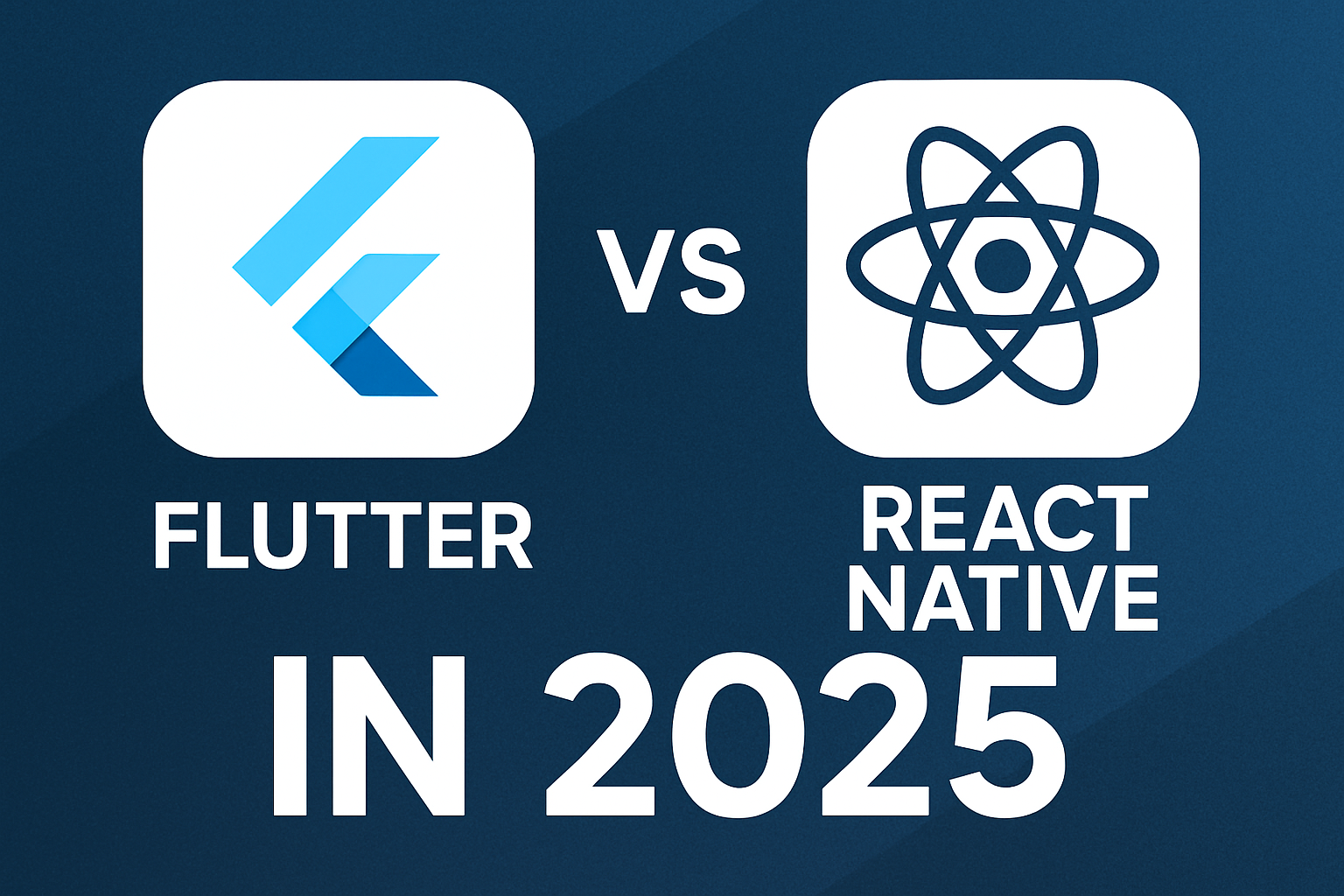Flutter vs React Native in 2025 – Which One to Choose?
In mobile app development, cross-platform frameworks like Flutter and React Native have taken the center stage. As we enter 2025, developers and businesses continue to ask: Flutter vs React Native in 2025 – which one is better? In this comprehensive comparison, we’ll explore performance, development speed, community support, and overall usability to help you make the right decision for your next project.
What is Flutter?
Flutter is an open-source UI software development toolkit created by Google. It uses the Dart programming language and allows developers to create natively compiled applications for mobile, web, and desktop from a single codebase.
What is React Native?
React Native, developed by Facebook (now Meta), is a JavaScript-based framework that enables developers to build mobile apps using React. It allows code sharing across Android and iOS platforms while using native components for performance.
Flutter vs React Native in 2025: Feature Comparison
1. Performance – Flutter vs React Native in 2025
Flutter apps are compiled directly into native ARM code, which ensures faster performance and smooth animations. On the other hand, React Native bridges JavaScript with native modules, which can introduce slight performance overhead.
Winner: Flutter, especially for performance-critical apps.
2. Development Speed – Flutter vs React Native in 2025
React Native’s JavaScript language is familiar to many developers, speeding up onboarding and development. Flutter, while growing in popularity, still requires learning Dart, which can slow down initial development.
Winner: React Native for faster onboarding; Flutter for long-term consistency.
3. UI and Design – Flutter vs React Native in 2025
Flutter offers a rich set of customizable widgets and a consistent design across platforms. React Native uses native components, which can cause slight UI differences between iOS and Android.
Winner: Flutter for beautiful and consistent UI.
4. Community and Ecosystem
React Native has a larger and more mature community due to its longer time in the market. Flutter’s community is growing rapidly with strong support from Google.
Winner: React Native (slightly), but Flutter is catching up fast.
5. Tooling and Integration
Both frameworks offer excellent tooling support. Flutter shines with its “hot reload” and built-in development tools. React Native relies on third-party libraries but benefits from a huge NPM ecosystem.
Winner: Tie – depends on developer preference.
Which One to Choose in 2025?
Choose Flutter if:
- You prioritize performance and a smooth UI
- You want a consistent design across platforms
- You are building a new app and can afford the Dart learning curve
Choose React Native if:
- Your team already knows JavaScript and React
- You want to build quickly and leverage existing code
- You value a larger community and more third-party plugins
Future of Flutter and React Native in 2025
Both frameworks are here to stay. However, Flutter is gaining popularity among startups and enterprises due to its UI capabilities and native performance. React Native remains a strong choice with a vast JavaScript ecosystem and broad community support.
In 2025, the decision ultimately comes down to your project needs, team skillset, and long-term goals.
Final Thoughts
When choosing between Flutter vs React Native in 2025, there is no one-size-fits-all answer. Both have matured into powerful development tools. Evaluate your project requirements and development resources before making a final decision.
Stay updated with the latest tech trends and tools by following our blog. Whether you’re a startup founder, a freelancer, or a developer, choosing the right framework today will shape your app’s success tomorrow.
Related topics



